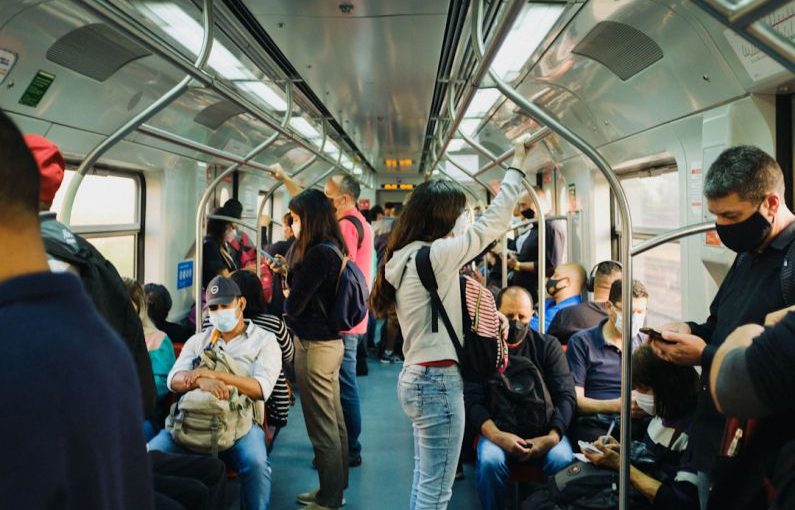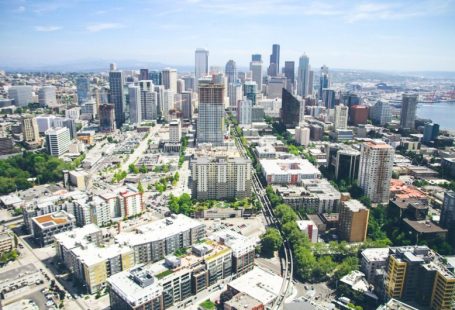Traveling to foreign countries is an exciting adventure that allows you to immerse yourself in new cultures, explore new sights, and broaden your horizons. One of the essential aspects of navigating a new city or country is mastering the public transportation system. While it may seem daunting at first, with a little bit of preparation and knowledge, you can confidently navigate public transport in any foreign country like a pro.
Research and Planning
Before embarking on your journey, take the time to research the public transportation options available in the country you will be visiting. Familiarize yourself with the types of transportation systems, such as buses, trains, trams, and subways, that are commonly used in that particular location. Understanding the routes, schedules, and ticketing systems will help you navigate the public transport network with ease.
Apps and Online Resources
In this digital age, there are numerous apps and online resources available to assist you in mastering public transport in foreign countries. Downloading transportation apps specific to the country you are visiting can provide real-time information on routes, schedules, and even delays. Additionally, websites like Google Maps offer detailed public transport directions, making it easy to plan your journey in advance.
Language Tools
Language barriers can often be a hindrance when using public transport in foreign countries. To overcome this challenge, consider using language translation apps or carrying a pocket dictionary with common phrases related to public transportation. Learning a few key words or phrases in the local language, such as “ticket,” “bus stop,” or “train station,” can go a long way in communicating with locals and navigating the transport system more effectively.
Navigating Ticketing Systems
Ticketing systems for public transport can vary widely from country to country, so it’s essential to understand how to purchase and validate tickets before boarding. Some countries may require you to buy tickets in advance from kiosks or ticket booths, while others may allow you to pay directly to the driver or conductor. Be sure to familiarize yourself with the local currency and have small denominations of cash on hand to purchase tickets easily.
Observing Local Etiquette
Each culture has its own set of norms and etiquette when it comes to using public transport. Observing and respecting these customs can help you avoid any misunderstandings or unintentional faux pas. For example, in some countries, it is customary to offer your seat to elderly or pregnant passengers, while in others, talking loudly on public transport may be considered rude. Pay attention to the behavior of locals and follow suit to ensure a smooth and respectful journey.
Safety and Security
While public transport is generally a safe mode of transportation, it’s essential to remain vigilant and mindful of your surroundings, especially in unfamiliar environments. Keep your belongings close to you and be wary of pickpockets in crowded areas. If traveling late at night, consider opting for well-lit and populated transport options or arranging for a reputable taxi service to ensure your safety.
Adapting to Unforeseen Circumstances
Despite careful planning, unforeseen circumstances such as delays, strikes, or route changes can occur when using public transport in foreign countries. In such situations, it’s important to stay calm and flexible, seeking assistance from transport staff or fellow passengers if needed. Having a backup plan or alternative routes in mind can help you navigate unexpected disruptions and reach your destination smoothly.
Mastering Public Transport with Confidence
By arming yourself with knowledge, preparation, and a sense of adventure, mastering public transport in foreign countries can become a seamless and rewarding experience. Embrace the opportunity to explore new modes of transportation, interact with locals, and discover hidden gems off the beaten path. With a positive attitude and a willingness to adapt, you can confidently navigate any public transport system, making the most of your travel adventures abroad.





